Haengun Donkkaseu (행운돈까스)
3.2Km 2021-03-30
2, Majo-ro 1-gil, Seongdong-gu, Seoul
+82-2-2296-3406
It's near the university, so it's a place frequented by many young people. The best menu at this restaurant is pork cutlet with cheese. This Korean dishes restaurant is located in Seongdong-gu, Seoul.
Persian Palace (페르시안궁전)
3.2Km 2021-03-30
9, Seonggyungwan-ro 6-gil, Jongno-gu, Seoul
+82-2-763-6050
Persian Palace was opened in 2002 and is operated by an Iranian owner. The three-story restaurant offers spacious dining areas and specializes in curry and Iranian cuisine. The restaurant consists of two kitchens with one dedicated to curry meals prepared by an Indian chef and the other dedicated to Iranian menus prepared by an Iranian chef. They also offer Halal food and a prayer room for Muslims.
Brown Chicken (브라운치킨)
3.2Km 2021-03-18
15, Eulji-ro, 43-gil, Jung-gu, Seoul
+82-2-2275-9972
Try fried chicken, one of Korea’s representative dishes. The most famous menu is fried chicken. A chicken specialty restaurant located in Dongdaemun Gate, Seoul.
Cheongchun Theater (청춘극장)
3.2Km 2021-03-29
112-5, Haengdang-ro, Seongdong-gu, Seoul
+82-2-2294-6995
It is a restaurant frequented by many celebrities. The best menu at this restaurant is grilled back ribs. This Korean dishes restaurant is located in Seongdong-gu, Seoul.
Asian Table (아시안테이블)
3.2Km 2021-03-18
11, Seonggyungwan-ro, 3-gil, Jongno-gu, Seoul
+82-70-7608-1763
This is a Asian restaurant located in Jongno-gu, Seoul. A pub where you can try a variety of Southeast Asian beers. The best menu at this restaurant is pad Thai.
Manjok Ohyang Jokbal Dongdaemun(만족오향족발 동대문)
3.2Km 2020-10-30
9-4, Eulji-ro, 43-gil, Jung-gu, Seoul
+82-2-2271-0880
A pig's trotter(s) specialty restaurant located in Dongdaemun Gate, Seoul. The most famous menu is five-spice pigs' feet. One of the top 3 stores specializing in jokbal (pig's trotter) in Seoul.
PungGyeong [Korea Quality] / 풍경 [한국관광 품질인증]
3.2Km 2021-04-01
32-6, Seonggyungwan-ro, Jongno-gu, Seoul
+82-10-7103-6993
The hanok guesthouse Punggyeong was opened in spring 2016. With a stylish green pine tree exterior mural painting, the hanok building welcomes guests with a cozy yard. The low wooden bench and chair are there to provide relaxation for guests. The guesthouse has Korean-style rooms and two rooms with bed. The kitchen is furnished with a dining table with chairs for those who are not familiar with the Korean-style room. It serves Korean-style breakfast and traditional Korean tea. Usually, the staff leaves the guesthouse at night. Guests who rent the entire guesthouse can spend some quality time with friends or family.
Seonggyungwan Gamjatang (성균관감자탕)
3.2Km 2021-03-19
37, Changgyeonggung-ro 29-gil, Jongno-gu, Seoul
+82-2-762-2170
Experience gamjatang (pork back-bone stew), one of Korea’s representative stews. The best menu at this restaurant is pork back-bone hot pot. This is a Korean cuisine located in Changdeokgung Palace, Seoul.
HANAMPIG Dongdaemoon(하남돼지집 동대문)
3.2Km 2020-10-30
5-4, Eulji-ro, 43-gil, Jung-gu, Seoul
+82-2-2266-3030
A barbecue specialty restaurant located in Dongdaemun Gate, Seoul. The most famous menu is grilled pork belly. Each server cooks meat for you.
Porte Gwanghuimun (광희문)
3.2Km 2021-02-24
344, Toegye-ro, Jung-gu, Seoul
+82-2-3700-3900
La légende raconte que la porte Gwanguimun fut construite en 1396, lors de la 5ème année du règne du roi Taejo, au Sud-Est de la capitale (Séoul). Elle fut souvent appellée ‘Porte Sugumun’ (canal) et fut d’ailleurs utilisée en tant que Sigumun, signifiant littérallement “porte des corps”, puisque les processions funéraires passaient par cette porte quand elles se dirigeaient à l’Est.
Durant la guerre Imjin (invasion Japonaise de la Corée, 1592-1598), la porte de la forteresse fut détruite à tel point qu’il fut ensuite quasi impossible de retrouver son emplacement exact. Néanmoins, les efforts de reconstruction ont été entrepris en 1711 (37ème année du règne du roi Sukjong), le canal fut restoré et une tour construite. Le porte Gwanghuimun est par la suite restée intacte, même lorsque les murs de la forteresse furent démolis pour la construction de rails de tramway durant la rège coloniale japonaise. Elle fut cependant largement abîmée pendant la guerre de Corée puis laissée en ruine. En 1975, des travaux de resturation furent entrepris afin de relocaliser la porte à 15m de son emplacement d’origine, dans une optique de dégager le milieu de la route.
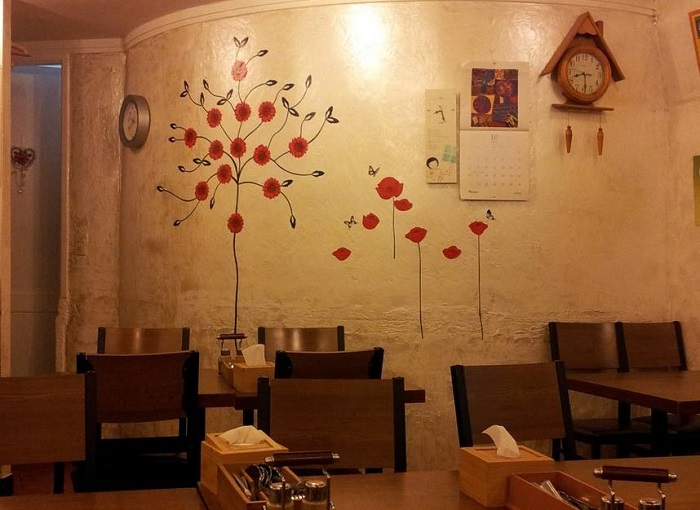

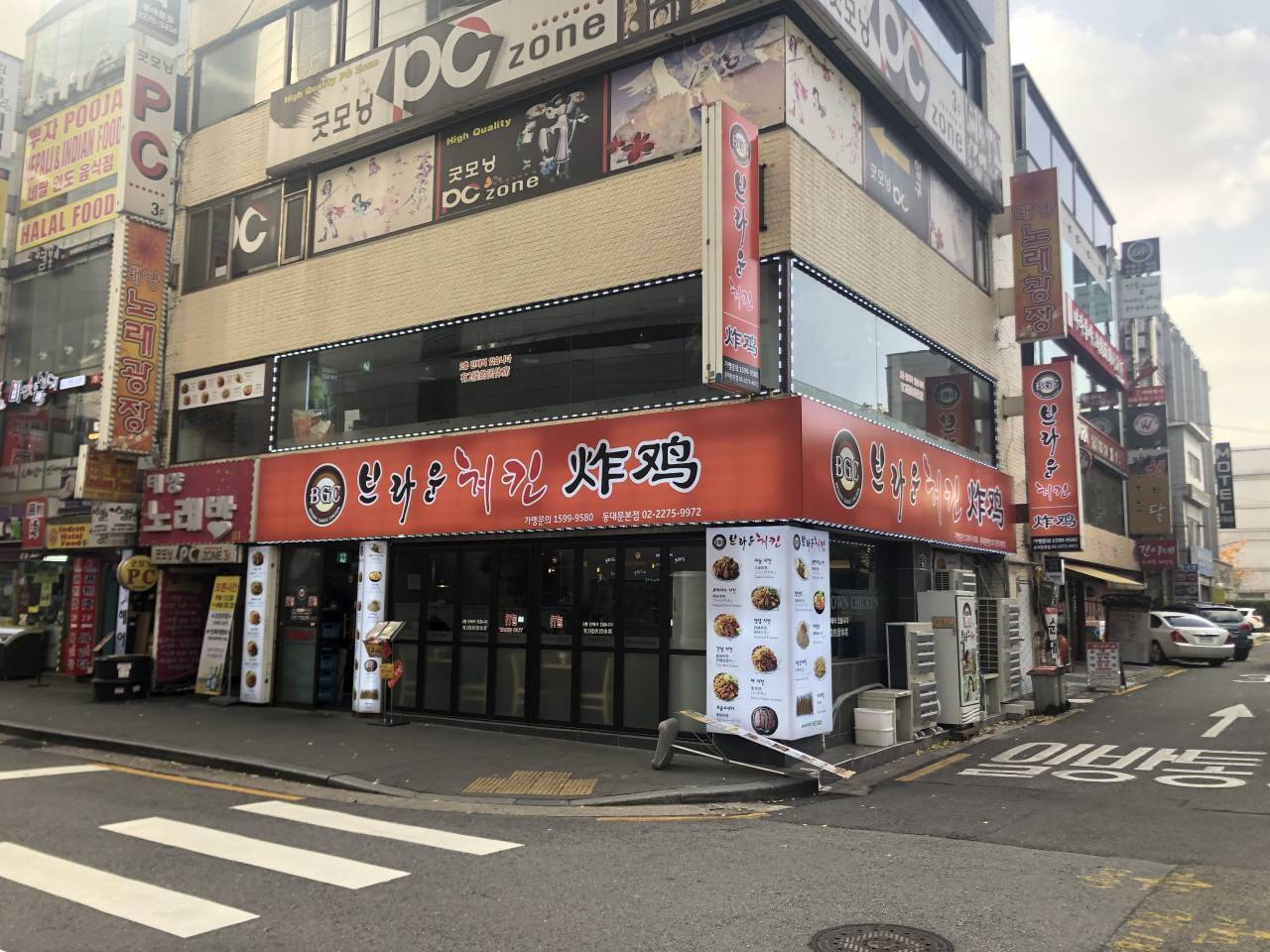
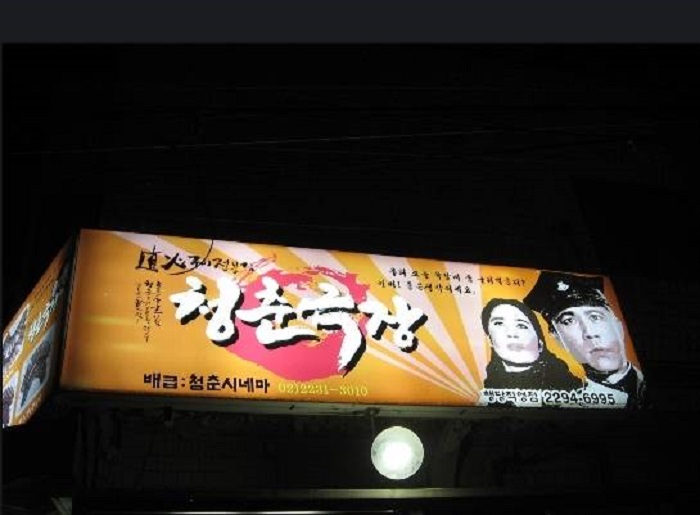
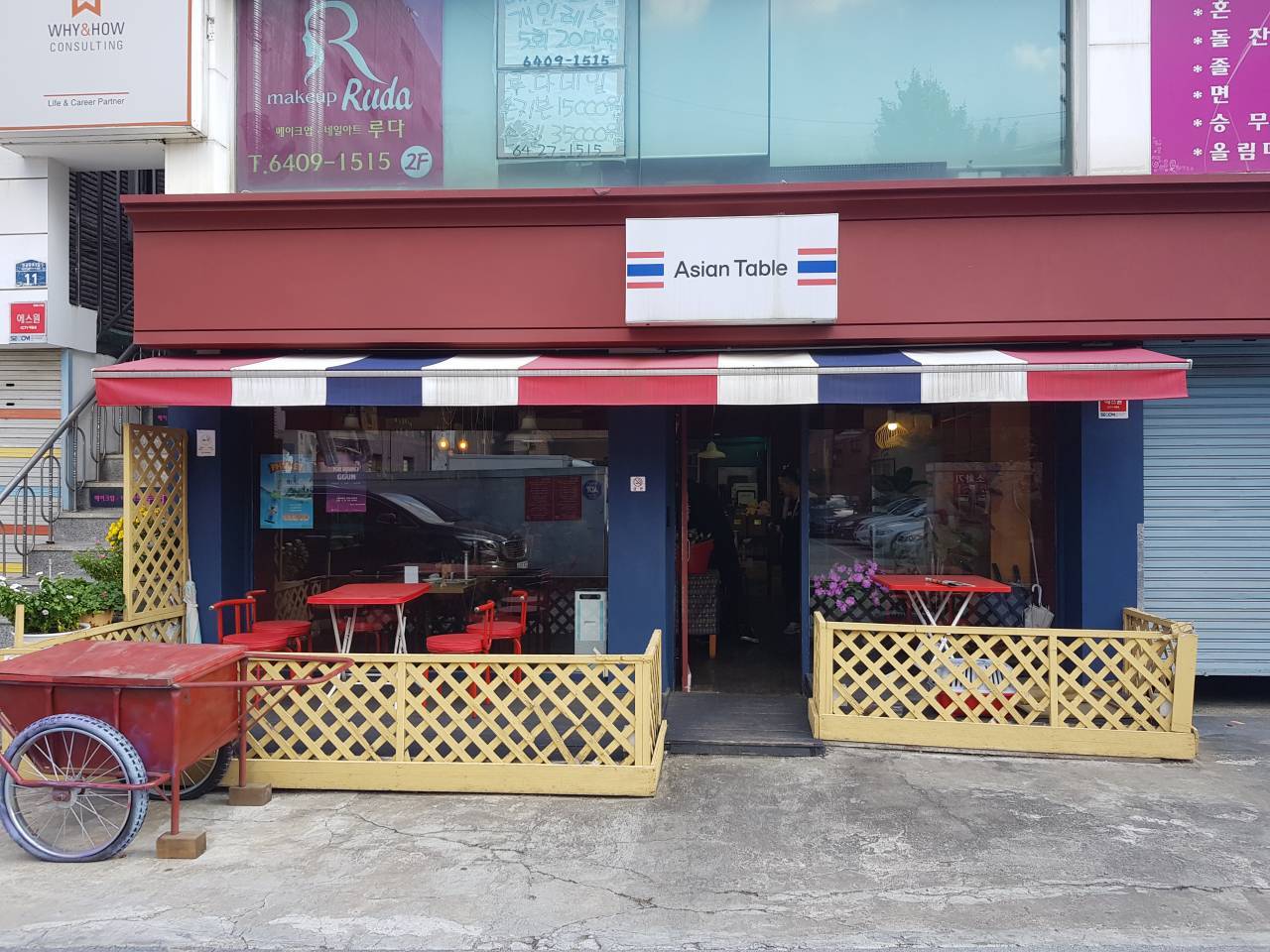
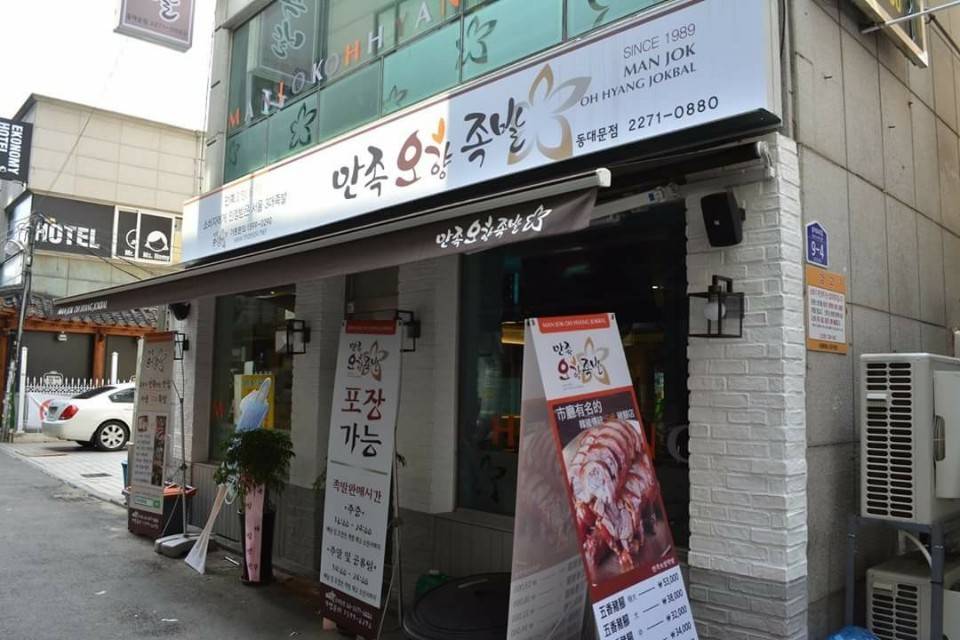
![PungGyeong [Korea Quality] / 풍경 [한국관광 품질인증]](http://tong.visitkorea.or.kr/cms/resource/80/2633780_image2_1.jpg)
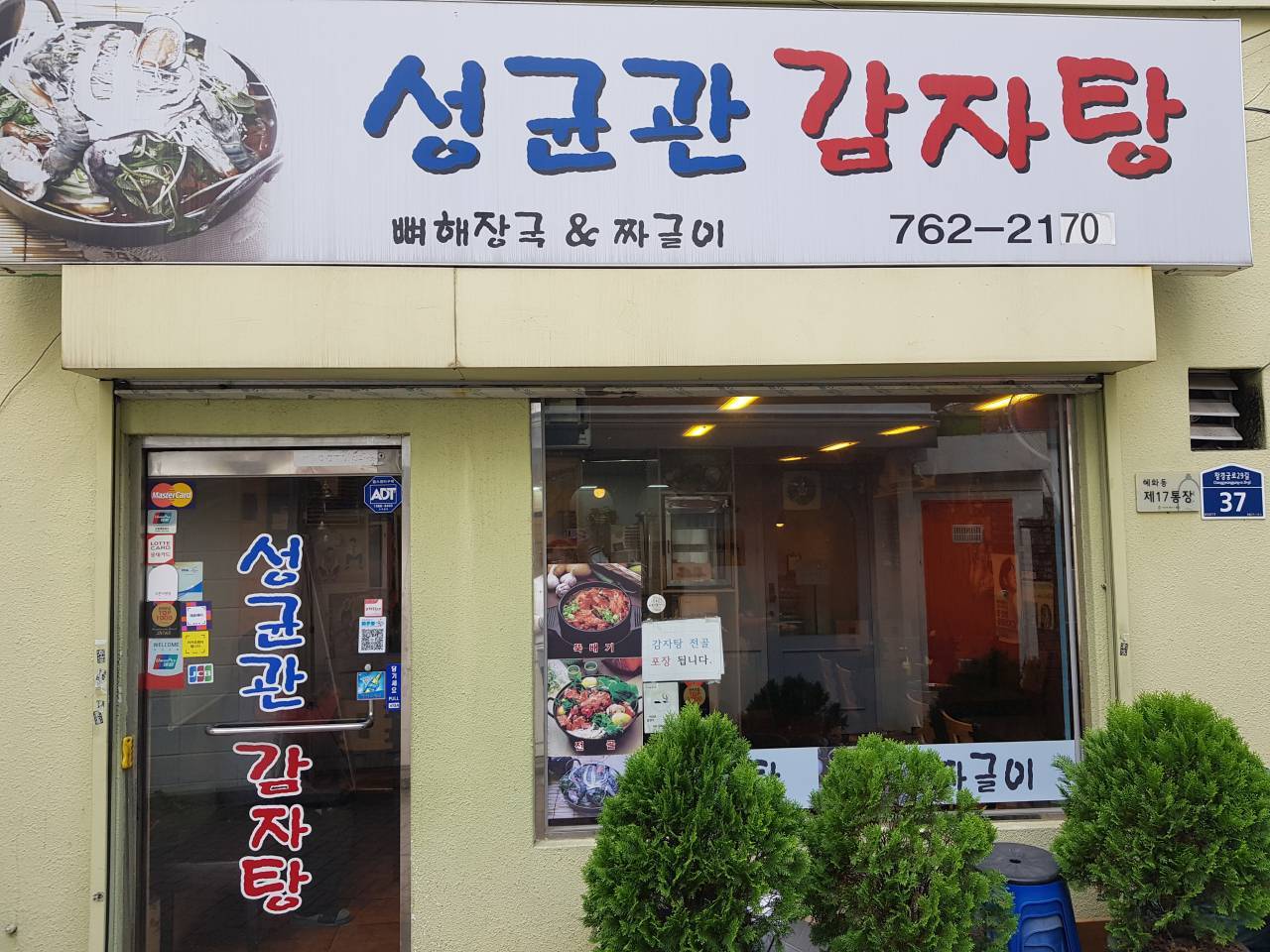
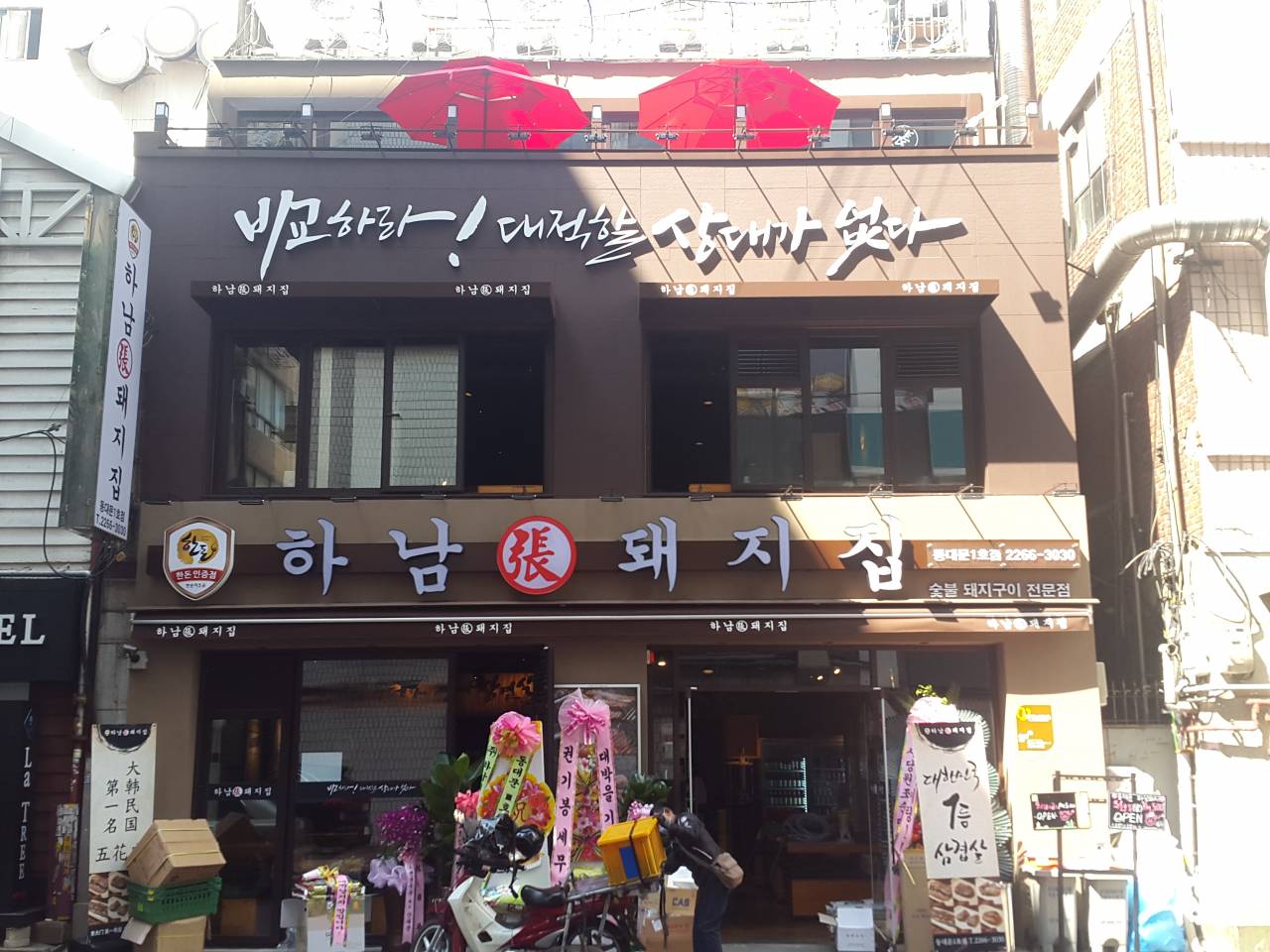
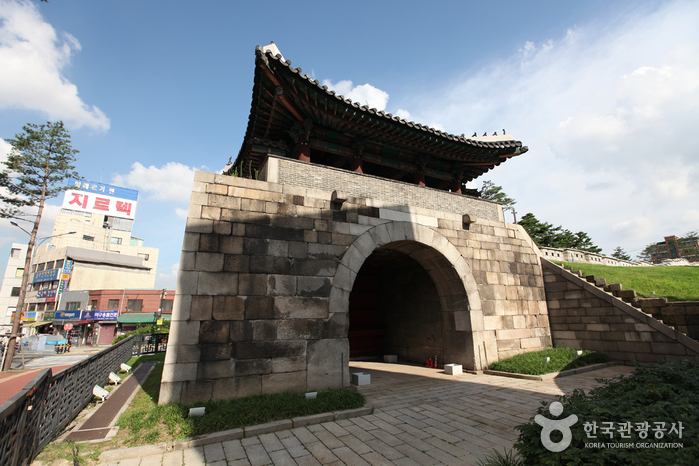
 Français
Français
 한국어
한국어 English
English 日本語
日本語 中文(简体)
中文(简体) Deutsch
Deutsch Español
Español Русский
Русский